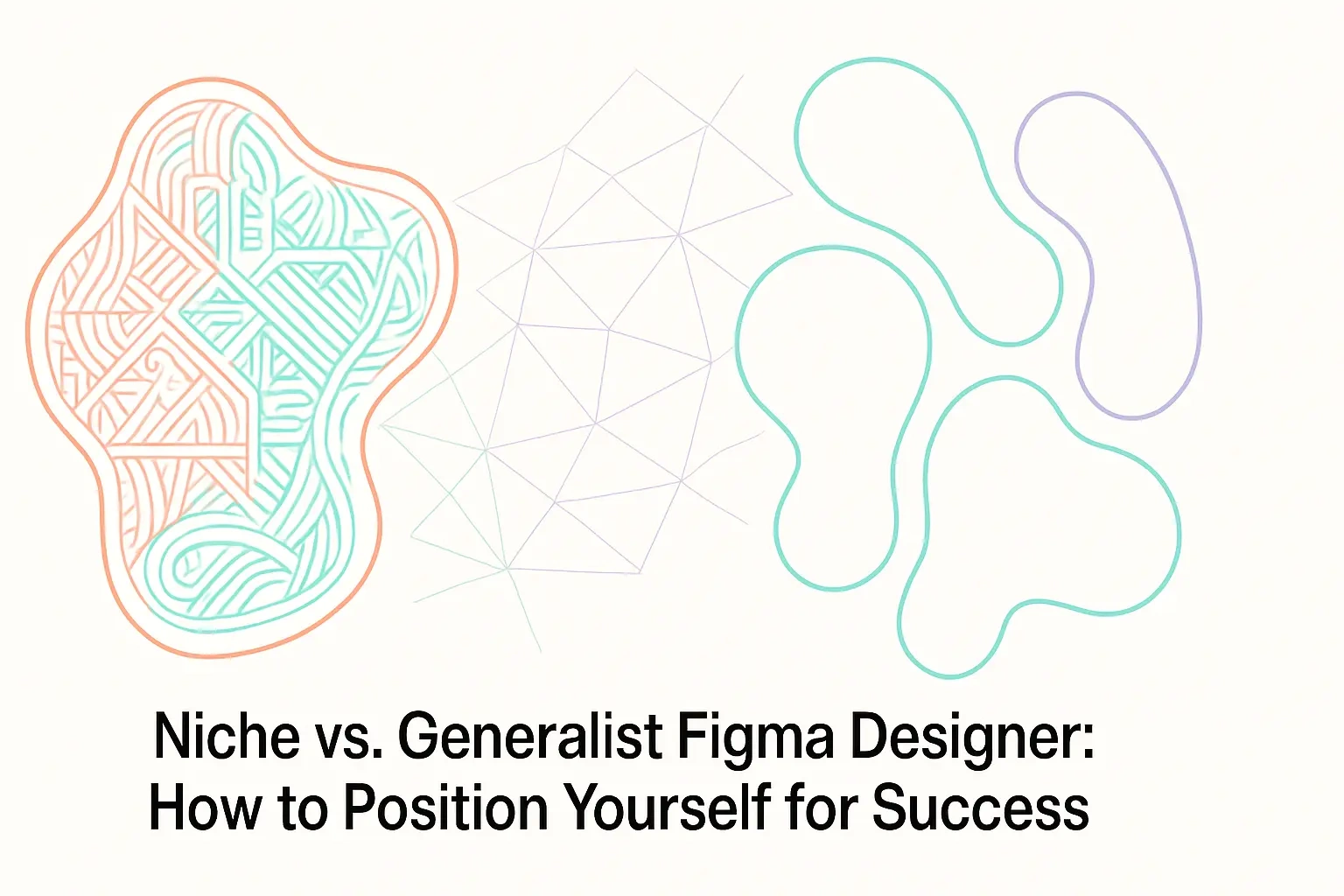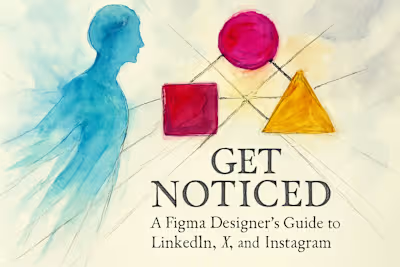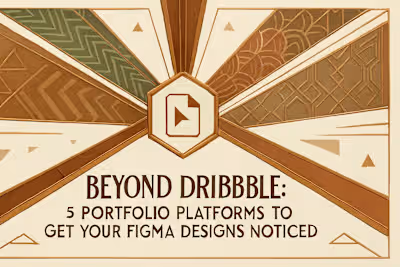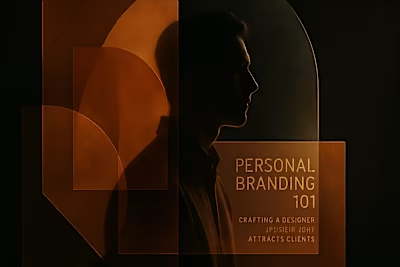Niche vs. Generalist Figma Designer: How to Position Yourself for Success

Niche vs. Generalist Figma Designer: How to Position Yourself for Success
Understanding the Core Concepts: Specialist vs. Generalist
What is a Specialist Designer?
What is a Generalist Designer?
The Case for Niching Down: Becoming the Go-To Expert
Higher Earning Potential
Easier Marketing and Client Acquisition
Deeper Expertise and Confidence
Exploring Potential Niches for Figma Designers
Industry-Specific Niches
Platform-Specific Niches
Problem-Specific Niches
The Advantages of Being a Generalist
Variety and Flexibility
Wider Client Base
Cross-Pollination of Ideas
Finding Your Path: A Framework for Decision-Making
Assess Your Past Projects and Passions
Consider Your Personality and Work Style
The T-Shaped Designer: The Best of Both Worlds
Conclusion
References
Niche vs. Generalist Figma Designer: How to Position Yourself for Success
Understanding the Core Concepts: Specialist vs. Generalist
What is a Specialist Designer?
What is a Generalist Designer?
The Case for Niching Down: Becoming the Go-To Expert
Higher Earning Potential
Easier Marketing and Client Acquisition
Deeper Expertise and Confidence
Exploring Potential Niches for Figma Designers
Industry-Specific Niches
Platform-Specific Niches
Problem-Specific Niches
The Advantages of Being a Generalist
Variety and Flexibility
Wider Client Base
Cross-Pollination of Ideas
Finding Your Path: A Framework for Decision-Making
Assess Your Past Projects and Passions
Consider Your Personality and Work Style
The T-Shaped Designer: The Best of Both Worlds
Conclusion
References
Posted Jul 6, 2025
Should you be a jack-of-all-trades or a master of one? Discover whether a niche or generalist path is right for you as a Figma designer and how to position yourself.









